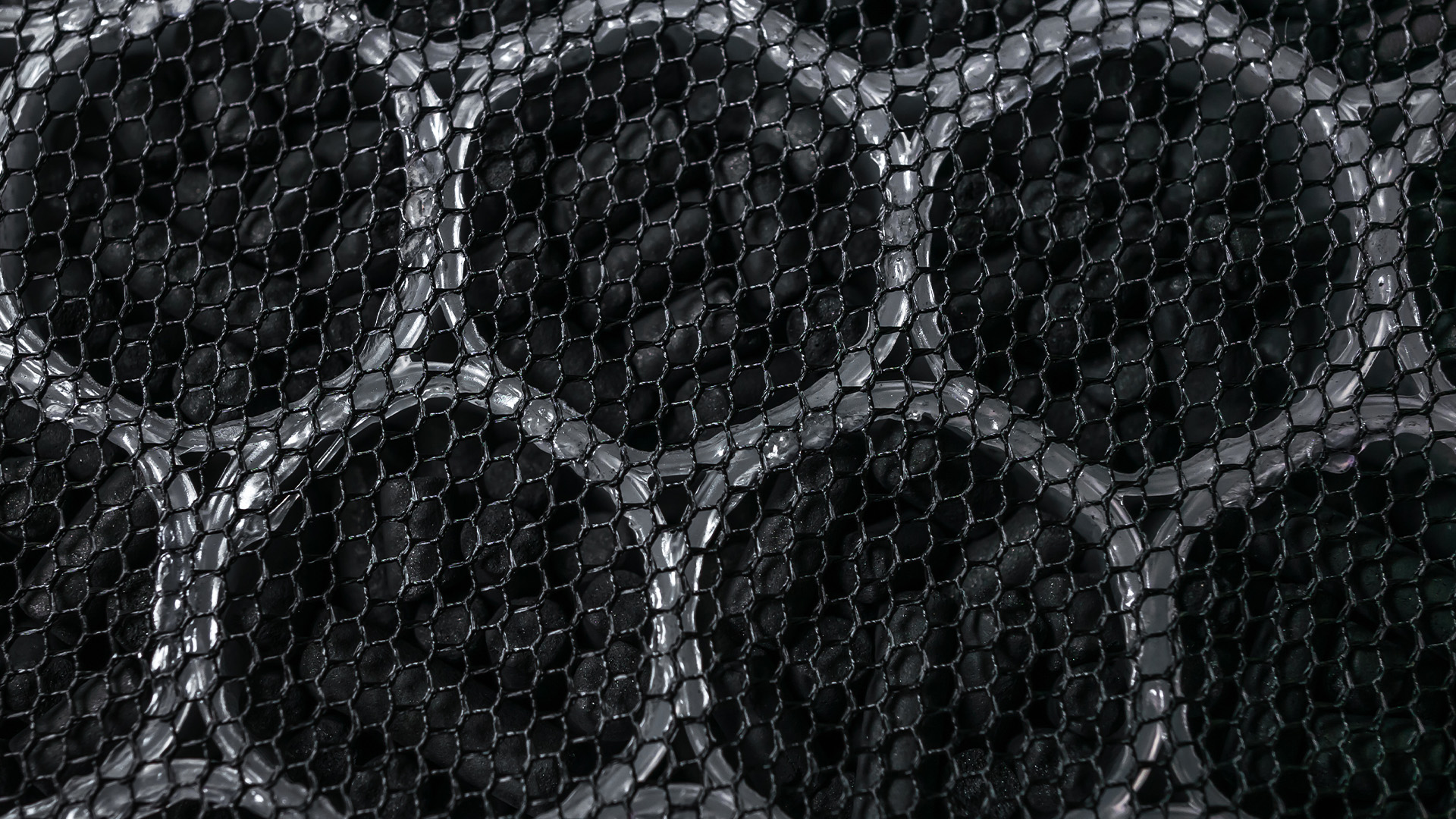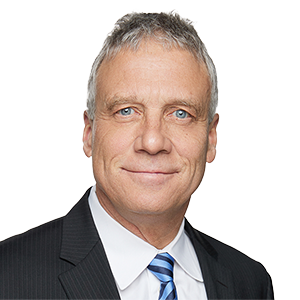On January 1, 2023, Alberta made material amendments to its carbon credit system under the Technology Innovation and Emissions Reduction (TIER) Regulation in an attempt to provide more certainty for proponents of geological carbon capture and storage (CCS) projects.
The amendments include creating two new types of carbon credits – a “sequestration credit” and a “capture recognition tonne.”
The amendments attempt to address the issue of too many emission offset credits potentially being generated into the Alberta carbon credit market as CCS projects come on line in 2024 to 2030.
The CCS boom
In Alberta the province owns all of the pore space into which CO2 can be injected and permanently sequestered. Alberta has awarded Crown pore space evaluation agreements to 25 major CCS projects to explore potential project areas. If the evaluation work shows that an area can provide permanent sequestration of CO2, then CCS project proponents will be able to convert their evaluation agreements into Crown sequestration leases.
If all 25 projects are built and operate as intended, about 50 to 60 million tonnes of CO2e per year could be sequestered, potentially creating 50 to 60 million emission offset credits, which is several times more than the expected demand for emission offset credits from projects regulated by TIER. Some believe the flood of anticipated emission offset credits from CCS projects will cause the price of emission offsets to decline relative to the carbon price, thereby deteriorating the economics and inhibiting the deployment of CCS and its decarbonisation of Alberta’s power, oilsands, conventional oil and gas and other industries.
Carbon credits from CCS
Presently, a CCS project developer, if it follows the Quantification Protocol for CO2 Capture and Permanent Storage in Deep Saline Aquifers, and follows all of the other requirements, may create emission offsets from its CCS project for 20 years, with a possible five-year extension by registering and serializing emission offset credits on the Alberta Emission Offset Registry. Emission offset credits can be retired as part of a TIER-regulated facility's compliance obligations or sold to another facility subject to TIER or to a company with net-zero aspirations.
Sequestration credits
The amendments enable an offset project developer to convert an emission offset credit that is serialized on the Alberta Emission Offset Registry into a sequestration credit. To do so, the emission offset must have been created from a geological CCS project, the sequestration must be in 2022 or later and the CO2 that was sequestered must have been captured at a large emitter (or an opted-in facility) regulated by TIER, such as an oilsands facility or fossil fuel power plant.
A sequestration credit may be retired to meet TIER compliance obligations.
A sequestration credit may also be used under the federal Clean Fuel Regulations (CFR) in addition to being retired under TIER. This “stackability” is important to CCS project developers as it will allow them to claim the benefit of sequestering CO2 under both TIER and the CFR, thereby improving the economics of CCS.
The concept of a sequestration credit is unique and appears to implicitly recognize that some buyers of carbon credits prefer credits that arise from projects that permanently remove CO2 rather than from projects that just offset CO2 emissions.
It will be interesting to see if some companies who are buying credits in the Alberta market will prefer a sequestration credit to an emission offset credit for these reasons, and if in the future sequestration credits will trade at a premium to emission offset credits.
Capture recognition tonnes
A large emitter (or opted-in facility) holding a sequestration credit may convert the sequestration credit into a capture recognition tonne provided that the CO2 that was sequestered was captured at the large emitter's facility (or opted-in facility), the sequestration occurred in 2023 or later and the conversion occurs on or before May 31 of the year following the sequestration.
The large emitter can then retire these capture recognition tonnes and use the benefit in calculating its net emissions from its facility, effectively reducing its compliance obligations. This is expected to create value for a large facility that has installed expensive CO2 capture and compression equipment.
Other amendments
The amendments also expand the use of TIER carbon credits as a compliance method. Currently, only up to 60% of a facility’s compliance obligation can be met with credit retirement. This will increase to 70% in 2024, 80% in 2025 and 90% in 2026 and later.
The life of a TIER credit has also been shortened. Now, emission offset credits and emission performance (and sequestration credits) credits will expire in five years.
Other amendments include requiring emissions associated with flaring to be included in an aggregated facility's regulated emissions.
Further, the amendments have lowered the opt-in threshold for emission-intensive and trade-exposed industries from 10,000 tonnes of CO2e per year to 2,000 CO2e per year.
Finally, the amendments require further emission intensity improvements by lowering the annual baseline from 1% per year to a 2% annual stringency rate for facility-specific and high-performance benchmarks. For oilsands mining, in situ and upgrading, the annual stringency rate will jump to 4% in 2029 and 2030.


